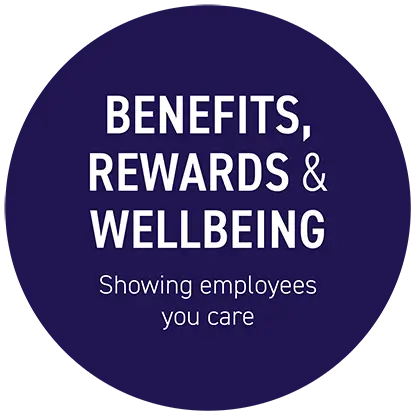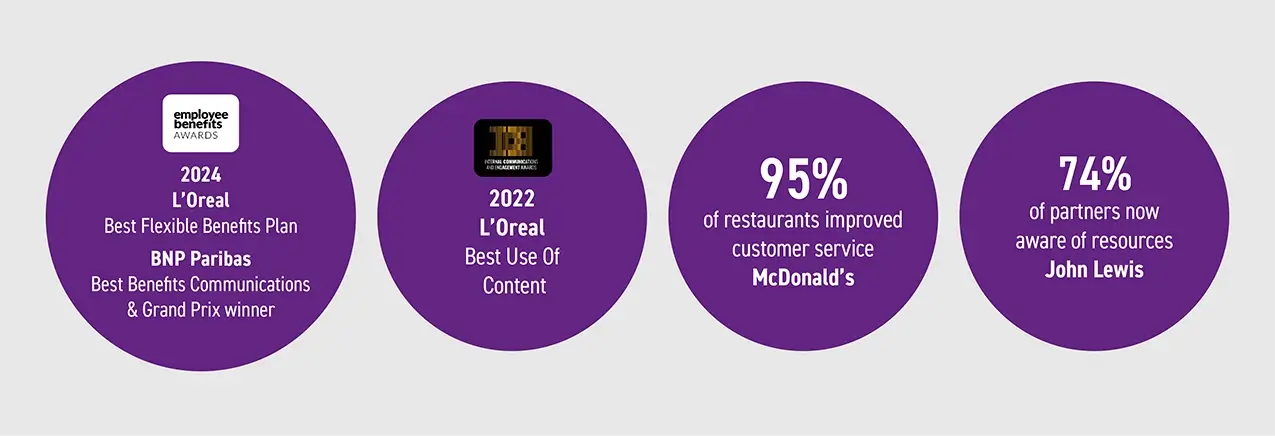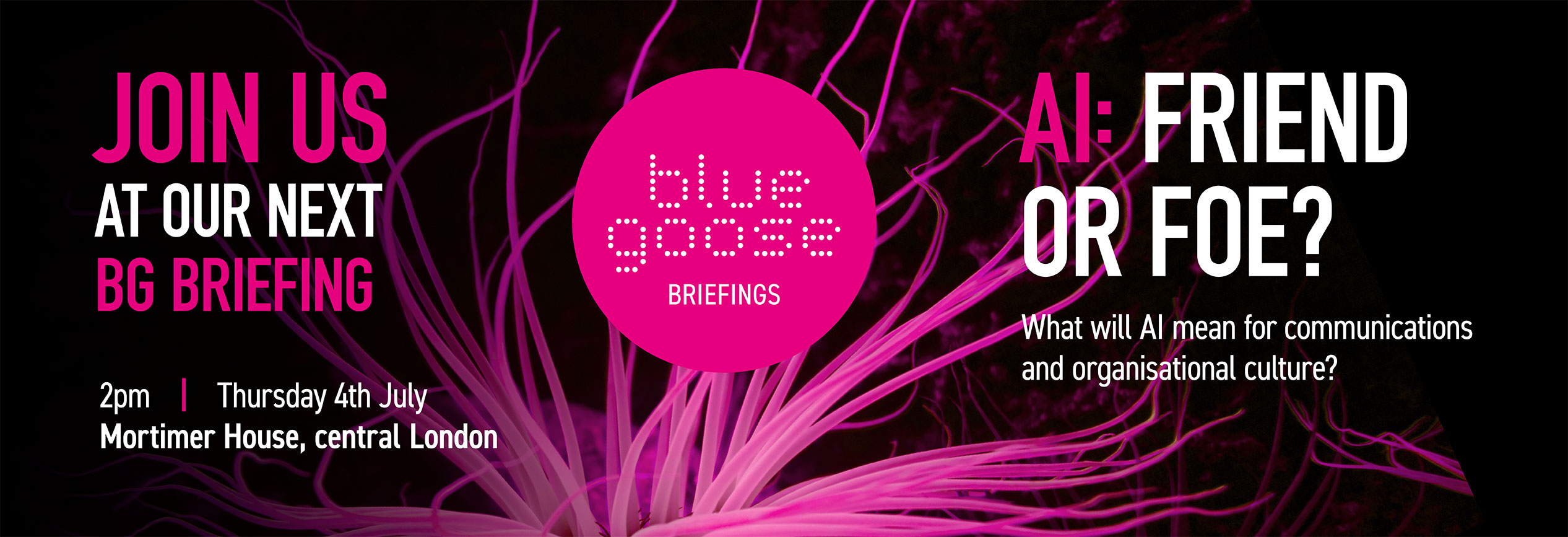

Benefits, Rewards and Wellbeing
More than ever, employees and candidates are looking at the health, benefits and wellbeing packages of organisations to decide whether to apply, make a move, or stay where they are. The company offer in this EVP area can be a key differentiator against competitors. As research shows that companies could be spending £15bn a year on workplace benefits which don’t actually resonate with staff, it’s critical to ensure your benefits and wellbeing packages reflect the diversity within your organisation.
No organisation is the same, or indeed has the same package to offer, but a coherent benefits, reward and wellbeing offering directly impacts talent attraction, as well as the productivity and overall morale of the workforce.
As an employee engagement and communications agency, blue goose helps you address common issues such as overall lack of awareness of what’s available, which is resulting in low takeup and a lack of appreciation in an organisation’s investment in workplace wellness and benefits.

Health, benefits and wellbeing strategies
We have developed strategies and campaigns for companies such as BNP Paribas, McDonald’s, L’Oreal and John Lewis among others, to help their packages stand out and be recognised in an engaging way by all employee demographics.
We apply our strategic methodology to understanding the awareness, attitudes and behaviours of your people. Assessing how your employees feel about the ‘now’, what they’d like to see and what competitors are offering. We then apply our ‘Intelligent Creativity’ mantra for activation.
Whatever the challenge, by facing it head-on, and ultimately making sure your people are ‘in the know’, you can bolster your attraction as an employer, and keep those who are already with you happy, productive and engaged. Talk to our team today to see how we can help you.
“Partners are finding it very easy to understand. Just pass on my appreciation [and that of the Partners I have met so far]. Excellent work all round.”
Partner and partnership councillor, john lewis partnership

Talk to our team of specialists today
Benefits, Rewards and Wellbeing Resources: FAQs, Case Studies and Insight
Frequently Asked Questions
Employee benefits are services, tools and resources that an organisation provides to support their employees’ wellbeing beyond their regular pay. Organisations can either pay for the benefits in full, or offer employees a negotiated or tax-efficient rate.
Most often, it is a mix of the two, with some benefits offered free to the employee, and some that they can choose to contribute to themselves. Typical benefits include health and dental insurance, life assurance, travel schemes and retail discounts.
An employee wellbeing strategy is a plan for how an organisation can best support the needs of its employees, inside and outside of work. It will include policies, benefits, tools and resources that focus on physical, mental and emotional health, with the aim of increasing wellbeing, engagement productivity and retention.
A comprehensive employee wellbeing strategy will consider how an organisation can provide a positive and healthy working environment, where every employee is encouraged and supported to thrive.
Use data to inform your organisation’s wellbeing package to ensure it is catering to the diverse needs and circumstances of your people. Ask employees what matters the most to them and where they would most appreciate support, making sure to engage with different demographics and community groups.
Aim for flexibility and adaptability so that employees can choose the benefits that best suit their life goals and challenges at that moment in time.
The success of a benefits programme can be assessed against five key measures.
- Engagement: are employees engaging with benefit communications, and is there good awareness and understanding of the offering?
- Uptake: are employees opting into and using the benefits available to them?
- Wellbeing: has the benefits programme improved employee wellbeing and productivity, and reduced absences?
- Attraction and retention: Is the benefits programme attracting talent to the organisation, and encouraging them to stay?
- DEI – To what extent is the benefits programme meeting the needs of all staff?
However, best practice is to engage with employees year-round. By creating a continuous loop of evaluation and feedback, you can test, adapt and improve your strategy to better meet the needs of employees and the organisation.
Use pulse surveys and check ins to gather feedback, and create ways for employees to share ideas and feedback. Not only will this enhance your strategy, it will help your people feel valued and heard.






